“Last night as I lay on the boxcar
Just waiting for a train to pass by
What will become of the hobo
Whenever his time comes to die” – Hobo’s Meditation (Jimmie Rodgers) © Peermusic Publishing

Hobo (noun) \ ˈhō-bō \
1: a migratory worker
2: a homeless and usually penniless vagabond
According to Merriam-Webster, the first known use of the word hobo was in 1888; they also report that the origin of the word is unknown. Other sources suggest that hobo may have derived from the English word
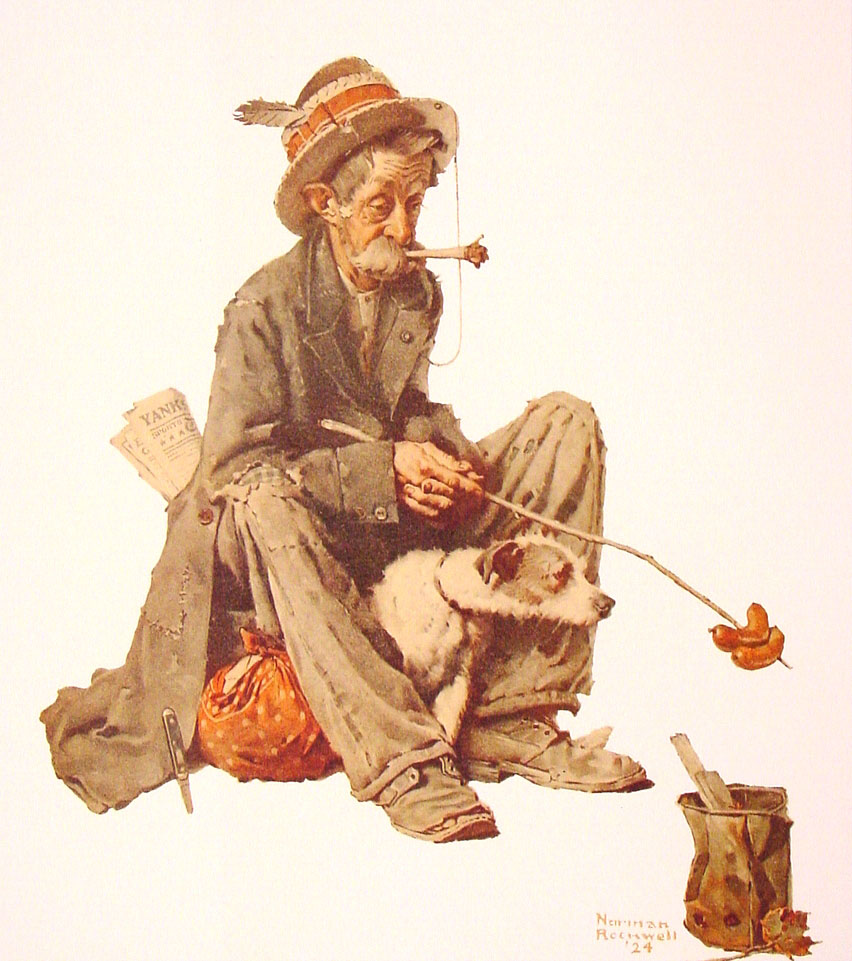
Merriam-Webster lists synonyms for hobo as: bindle stiff, bum, tramp, vagabond, vagrant. Another source describes a hobo as a migrant worker or homeless vagrant, especially one who is impoverished, but makes the distinction that a “tramp” works only when forced to, and a “bum” does not work at all.
Merriam-Webster also lists hobo as an intransitive verb, meaning: to live or travel in the manner of a hobo.
Sources may differ on the definition of what a hobo is, or from where the designation originated, but there is no doubt that popular culture over the past century has left us with vivid images of hoboes.
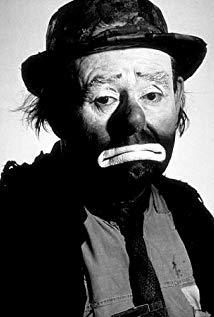
Emmett Kelly 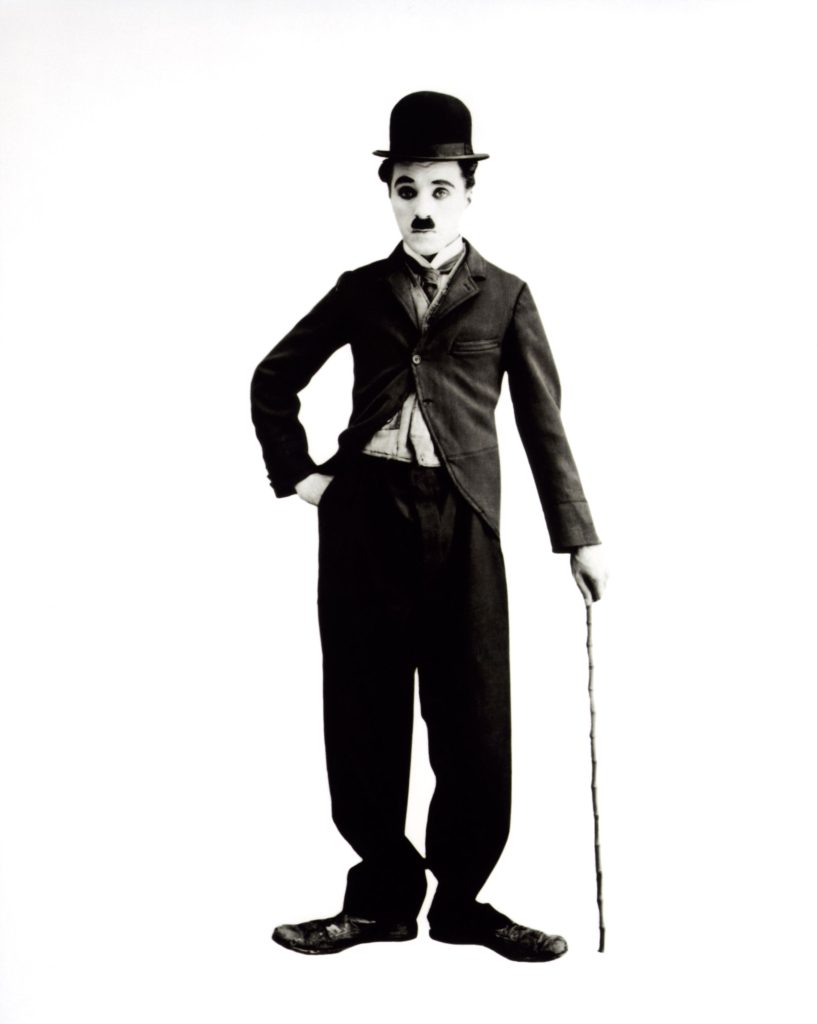
Charlie Chaplin 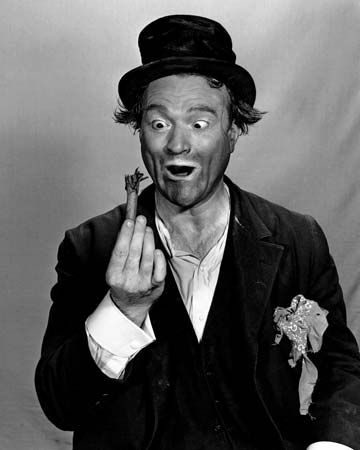
Red Skelton
Even those who do not recognize the name of Emmett Kelly would likely be familiar with the visage of his clown character “Weary Willie”, which he based on images of Depression-era hoboes. Charlie Chaplin created his own iconic character, mostly by accident, which became known as “The Tramp”. And who hasn’t dressed for Halloween in oversized and worn-out clothes, carrying a bindle stick over their shoulder? But are these accurate portrayals of real hoboes or simply caricatures from a bygone era?

“There’s a Master up yonder in heaven
Got a place that we might call our home
Will we have to work for a living
Or can we continue to roam” – Hobo’s Meditation (Rodgers)
No one can be exactly certain when hobos began riding the rails. At the end of the American Civil War, many soldiers discharged from duty began “hopping” freight trains to return to their homes and families. Men who were looking for work or just a new adventure began catching trains westward toward the American frontier.

In 1906, after an exhaustive study, Professor Layal Shafee put the number of tramps in the US at about a half-million (about 0.6% of the US population at the time). His article “What Tramps Cost Nation” was published by The New York Telegraph in 1911, when he estimated the number had surged to 700,000.

In the Great Depression-era of the 1930s, the number of hoboes grew sharply. Having no work at home, men took to riding the rails for free, hoping to find better opportunities elsewhere.

Life on the rails was dangerous. British poet W.H. Davies, author of The Autobiography of a Super-Tramp, lost a foot when he fell under the wheels trying to jump aboard a train. It was easy to be trapped between cars, and one could freeze to death in bad weather. Besides the physical danger of climbing on and off moving freight trains, hoboes often found themselves stranded in desolate places, with no food or water, rarely knowing whom they could trust, and always having to be on the lookout for railroad security staff, nicknamed “bulls”, for their frequently violent treatment of freeloaders.
“Will the hobo chum with the rich man
Will they have respect for the hobo
In that land that lies hidden up there” – Hobo’s Meditation (Rodgers)

Jimmie Rodgers, having grown up around railroading, and later working on the railroads himself, encountered many a hobo in his short lifetime, and even spent a little time riding the rails himself. He celebrated these men and their vagabond lifestyle in the lyrics of a number of his songs.
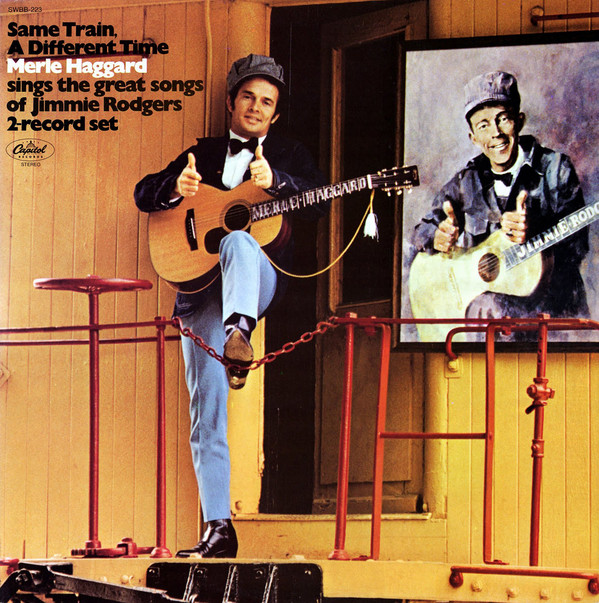
In 1968 Merle Haggard set about recording a tribute album to Jimmie Rodgers, who was one of his favorite artists. Released in the spring of the following year, Same Train, A Different Time (Merle Haggard Sings the Great Songs of Jimmie Rodgers) topped the country music charts without the benefit of a hit single. In between several of the album’s tracks, Haggard included spoken word introductions, providing details of Rodgers’ life and the context of some of his compositions. Not surprisingly, much of Haggard’s narration speaks to Rodgers’ relationship with the hobo.
From “Narration #1”:
“Most of Jimmy’s in-person performances were in the area from Texas, east; and it was in this area that he knew the railroads and the railroaders, and the bums who rode the rods.
“Jimmy had a special feeling for the hobo and he was always good for a touch by one of the ‘knights of the road.’ He knew their problems and he knew them well, because Jimmy Rodgers had hoboed many of the mainlines himself.” Same Train, A Different Time (Merle Haggard Sings the Great Songs of Jimmie Rodgers)
From “Narration #4”:
“The hobo is a recurring subject in Jimmy Rodgers’ songs. Hoboing was an accepted form of travel for the migrant worker, or for the unemployed who simply wanted a change of weather. During the period of Jimmy’s greatest popularity, you could set your watch by the highball of any train.
“Hoboing was an inexpensive, almost sure way of getting from one place to another, and during the Depression it was not unusual to see, oh, maybe half a hundred ‘boes jump from a train just as it came into the outskirts of a city. They’d jump off as soon as they could so as to ditch the train “bulls” of the coming yard.
“But many quite respectable men found it convenient to hop trains also and many of ‘em died; identified only as a railroad bum . . .” – Same Train, A Different Time (Merle Haggard Sings the Great Songs of Jimmie Rodgers)
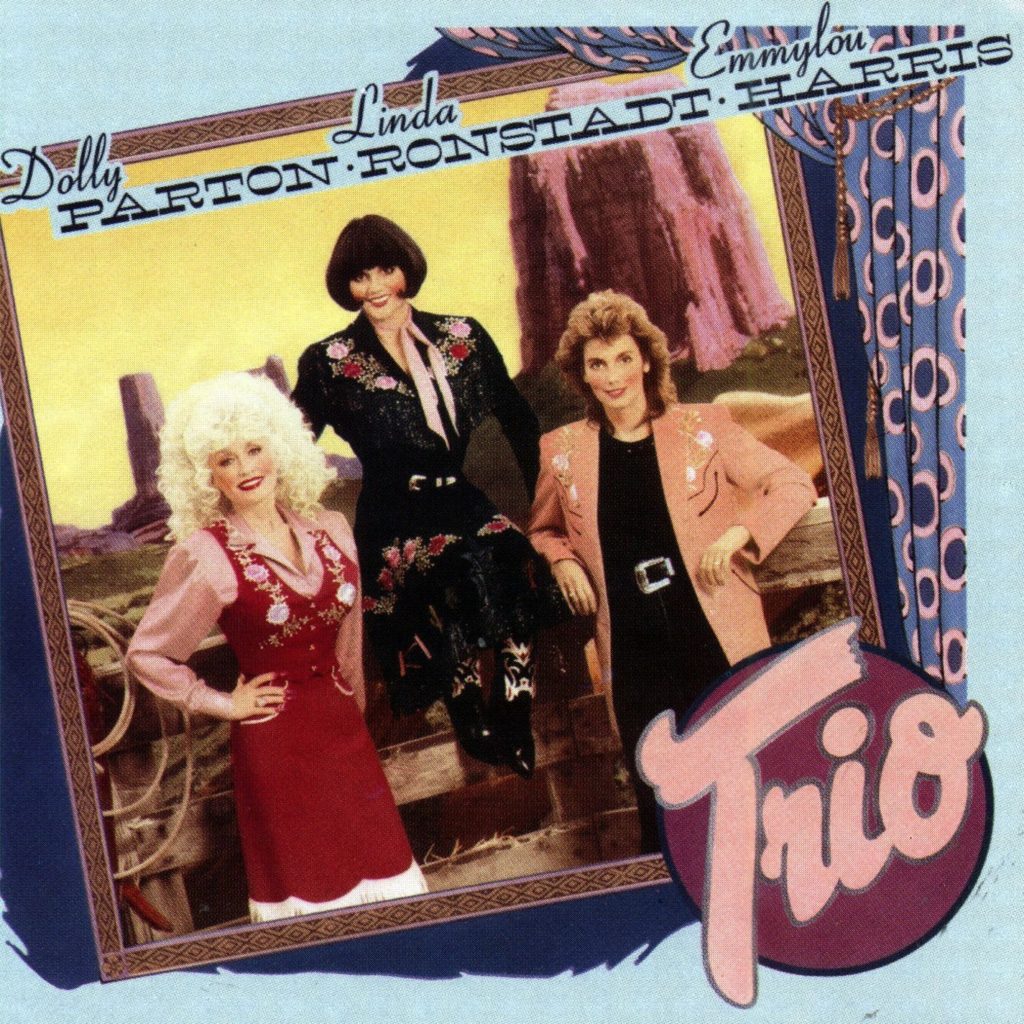
While many songwriters have paid tribute to the hobo and the hobo lifestyle, probably none have done so more thoroughly than Jimmie Rodgers. One of my favorite Rodgers tunes is “Hobo’s Meditation”, which Merle Haggard covered well on his Same Train album. But another endearing version of that song can be found on the 1987 Warner Bros. Records release, Trio, featuring Dolly Parton, Linda Ronstadt, and Emmylou Harris.

“Will there be any freight trains in heaven
Any boxcars in which we might hide
Will there be any tough cops or brakemen
Will they tell us that we cannot ride” – Hobo’s Meditation (Rodgers)
Sources:
https://en.wikipedia.org/wiki/Hobo
https://www.merriam-webster.com/dictionary/hobo#h1
All photos sourced through internet searches, none belong to the author.
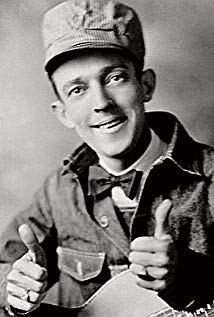
Wow, fantastic weblog layout! How long have you ever been running a
blog for? you made blogging glance easy. The full glance of your site is excellent, let
alone the content!
Thnkx so much for this! I havent been this moved by a blog post for a long time! You’ve got it, whatever that means in blogging. Well, Youre definitely someone that has something to say that people should hear. Keep up the wonderful job. Keep on inspiring the people!
It is not hard to summise when looking over the rest of your website comments that this is a subject which brings out many opinions about this subject. I suppose it is lovely to meet fellow opinionated people! Just one more thing I bookmarked this post to my FB faves.